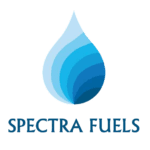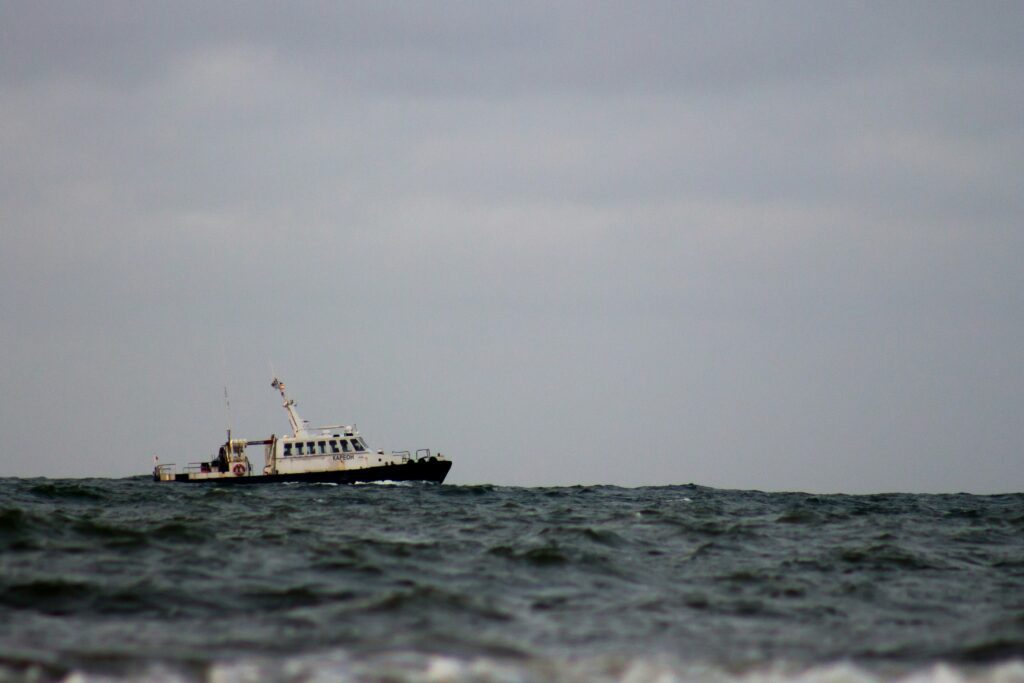Measuring the flow of fuel during bunkering — the process of refuelling ships — may seem straightforward. After all, it’s just liquid flowing through a pipe, right? Yet, anyone involved in marine fuel transfer knows that beneath this simple façade lies a complex set of challenges. Ultrasonic flow meters (UFMs), the favoured technology in bunkering, play a critical role in this process, but their performance is often tested by the harsh realities of the marine environment.
Bunkering is the process of refuelling ships, and accurately measuring the amount of fuel transferred is critical for safety, cost, and environmental reasons. Ultrasonic flow meters are widely used for this task because they measure fuel flow without blocking the pipe. However, the conditions during bunkering—such as changing fuel properties, fluctuating flow rates, and ship movement—make accurate measurement very challenging. Understanding how these factors affect flow meter performance and improving calibration methods is essential for reliable fuel measurement at sea.
The Hidden Complexity of Bunkering Flow Measurement:
Unlike controlled laboratory conditions, bunkering environments are unpredictable. The properties of marine fuels can shift dramatically with temperature changes, and flow rates fluctuate rapidly. Add to this the constant movement and vibrations of ships, and it’s clear that measuring fuel flow accurately is anything but simple.
UFMs operate by measuring the difference in transit time of sound pulses traveling through the fuel. While the underlying principle seems straightforward, real-world bunkering presents several unique challenges. Heavy fuel oils, common in marine bunkering, often exhibit non-Newtonian behaviour—their viscosity changes depending on temperature and shear rates. Furthermore, the presence of micro-bubbles and sludge in the fuel interferes with ultrasonic signals, causing signal scattering and distortion.
Additionally, mechanical vibrations generated by engines and ship movements introduce noise that complicates signal interpretation. Flow in bunkering lines is rarely steady; it fluctuates with pump speeds, valve adjustments, and operational interventions, creating transient flow regimes that further challenge accurate measurement.
Why Traditional Calibration Falls Short at Sea
Calibration forms the foundation for any flow measurement system’s accuracy. Ultrasonic flow meters are typically calibrated under steady, controlled flow conditions in laboratories. However, this static environment is worlds apart from the dynamic and turbulent reality of bunkering.
The calibration coefficients developed in lab settings often fail to maintain their accuracy once deployed at sea. The pulsations, temperature swings, and fluctuating fuel properties seen during bunkering mean meters calibrated in steady-state conditions can yield inaccurate readings. Capturing the complex interaction of these factors requires a calibration approach that mirrors the dynamic nature of actual bunkering operations, where flow rates ramp up and down, and temperature cycles influence fuel characteristics.
The Rise of Adaptive and Data-Driven Calibration
Emerging approaches increasingly harness machine learning and data analytics to enhance flow measurement accuracy. By analysing historical operational data—including temperature, pressure, vibration levels, and raw ultrasonic signals—algorithms can predict and compensate for errors in real time.
This shift from static calibration curves to adaptive, data-driven models allows ultrasonic meters to “learn” from changing conditions and continuously update their performance. It’s an exciting development that pushes the technology beyond rigid laboratory constraints toward real-world responsiveness.
Navigating Subtle and Overlooked Error Sources
The common culprits blamed for ultrasonic flow meter inaccuracies—such as turbulence or pipe bends—only scratch the surface. A deeper understanding reveals other subtle influences:
Flow profile complexities: At low or fluctuating flow rates, the fuel can transition between laminar and turbulent states. Complex pipe geometries and the ship’s movement create secondary swirling flows that distort velocity profiles, confounding ultrasonic transit time measurements.
Acoustic signal degradation: The dense, viscous nature of bunker fuels attenuates ultrasonic signals more than lighter fuels like water. Additionally, micro-bubbles in the fuel cause scattering and phase shifts in the pulses, generating non-linear measurement errors that vary with changing temperature and pressure.
Mechanical and electrical interference: Pumps, engines, and electronic equipment aboard ships emit vibrations and electromagnetic noise, which can mask subtle signal details essential for precise flow calculations.
Integrating Technology and Environment for Accurate Measurement
Achieving reliable flow measurement in bunkering involves acknowledging and addressing these complexities. The integration of multiple sensing technologies is becoming more common. For example, Coriolis meters—though more expensive and intrusive—offer direct mass flow measurement that is largely unaffected by flow profile distortions. Inline sensors that monitor fuel density and viscosity help adjust ultrasonic readings to reflect real-time fuel properties.
The physical installation of meters also plays a significant role. Ensuring smooth pipe surfaces, adequate straight runs before and after the meter, and effective vibration isolation are vital to stabilizing flow profiles and reducing measurement noise.
Advanced signal processing techniques are used to filter out noise dynamically, while multipath ultrasonic configurations average readings across several paths to counteract asymmetric flow conditions. Statistical models and cloud-based analytics enable ongoing monitoring, flagging anomalies or gradual drifts that could indicate calibration issues or sensor degradation.
Embracing Complexity for the Future of Bunkering Flow Measurement
Rather than simplifying bunkering measurement challenges, the future lies in embracing and managing their complexity. The most promising developments include artificial intelligence-driven calibration that enables meters to adapt and self-correct in real time, integrated sensor networks that provide a holistic operational picture, and international efforts to standardize dynamic calibration procedures reflecting actual bunkering conditions.
Additionally, miniaturization and portability improvements will make it easier to deploy and redeploy sophisticated measurement systems across various vessels and ports, enhancing flexibility and operational efficiency.
Conclusion: Precision Amid the Chaos
Accurate flow measurement in marine bunkering is far from straightforward. The chaotic interplay of fluctuating fuel properties, unstable flow regimes, mechanical vibrations, and acoustic interference demands a new mindset—one that moves beyond static calibration and simplistic assumptions.
Through the integration of adaptive calibration techniques, multi-sensor data fusion, meticulous installation practices, and intelligent signal processing, ultrasonic flow meters are evolving to meet these challenges. This evolution not only safeguards financial interests and operational integrity but also supports environmental responsibility within the maritime industry.
– Sakshi Pandey


